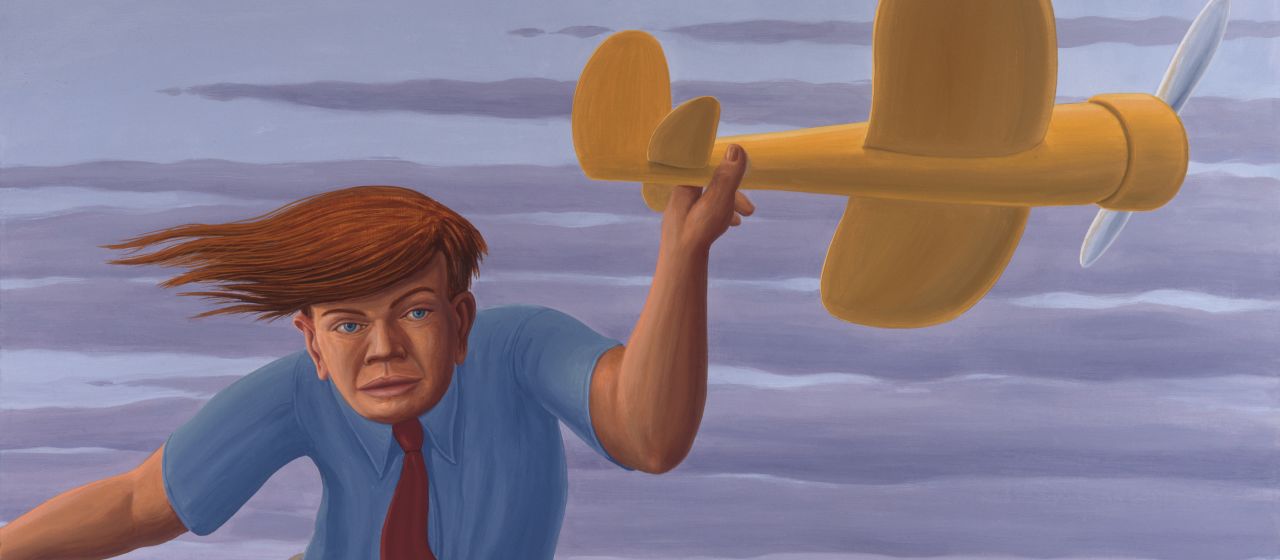
Organized by artist Phyllis Bramson, What Came After is a survey of diverse interests in the figure as a subject, the human condition, and personal iconography. Many have struggled with understanding and processing the term ‘Chicago Imagism’ since it was first used in the early 1970s, including artists that built on the ideas of their peers or sought to break free from expectations of that legacy. What Came After better defines and celebrates this later generation of artists, which have been called third generation Imagists, Post-Imagists, and the Chicago School.
In addition to Bramson, artists represented in What Came After include Nicholas Africano, Susanne Doremus, Eleanor Spiess-Ferris, Richard Hull, Michiko Itatani, Paul Lamantia, Robert Lostutter, Jim Lutes, Tony Phillips, David Sharpe, Hollis Sigler, Ken Warneke, Margaret Wharton, and Mary Lou Zelazny. The show of 30 paintings will serve as an introduction to these artists for a broad audience, while also examining a specific time and place in Chicago’s recent history.
Download our Program Guide with essays by Deven Golden and Lynne Warren.
The exhibition is dedicated to the late art critic James Yood, initially involved in early planning of this exhibition, and advocate of Midwest artists from this particular time period.
Sponsored by the Explore Elmhurst Grant Program, with public programming sponsored by the Terra Foundation for American Art. Additional support from the Herman and Esther Halperin family, Zolla/Lieberman Gallery in honor of James Yood, and Jim Gillespie in honor of Judy Gillespie. Part of Arts DuPage Month.

What Came After is organized in conjunction with a new installation across Elmhurst’s museum campus at Elmhurst College’s A.C. Buehler Library. This new display was organized by Suellen Rocca, one of the original members of the Hairy Who collective and current Curator and Director of Exhibitions at Elmhurst College.